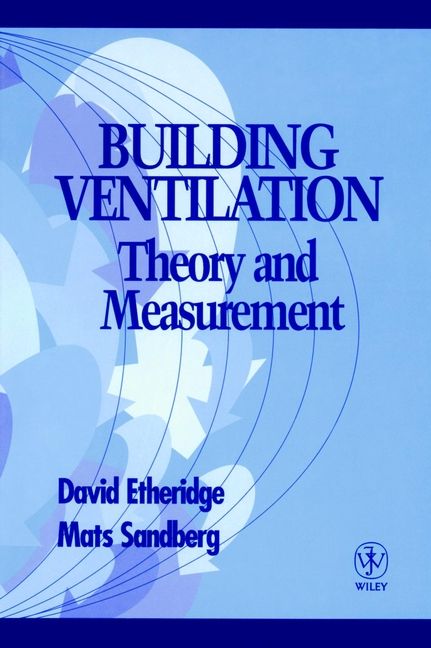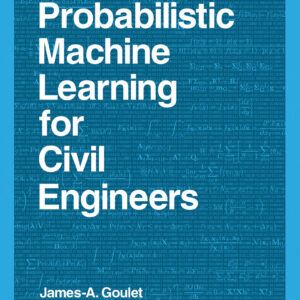This book sets down the fundamentals of the theory and measurement of building ventilation and describes the various techniques for predicting and measuring ventilation. It addresses both envelope flows and internal air motion. The first part of the book is primarily concerned with physical descriptions and theoretical models: starting with an overview of the basic mechanisms and characteristics of envelope flows, it then addresses the treatment of the flow characteristics of individual openings and mathematical models for complete building envelopes. Theories for internal air motion are then discussed in detail: mechanisms of mass transport in terms of air motion and age distribution, primary air flows in isolation, resulting flows in enclosed spaces, and flows through large internal openings. The second part, concerned with measurement techniques both at full scale and at model scale, begins with techniques for determining flow characteristics of envelope openings. The use of tracer gases in the study of age distribution and ventilation efficiency is dealt with in detail. Scale modelling for investigating both envelope flows and internal motions is also addressed. The final chapter deals with Computational Fluid Dynamics, since one of its main applications is an alternative to conventional experimental techniques. Natural ventilation is re-emerging as an alternative to mechanical systems in some commercial buildings and both natural and mechanical ventilation are dealt with in detail.
Building Ventilation
₹32,041.00
Theory and Measurement
This book is currently not in stock. You are pre-ordering this book.
ISBN: 9780471960874
Category: Civil engineering, surveying and building
Related products
-
Civil engineering, surveying and building
Probabilistic Machine Learning for Civil Engineers
₹3,940.00 Pre-Order




